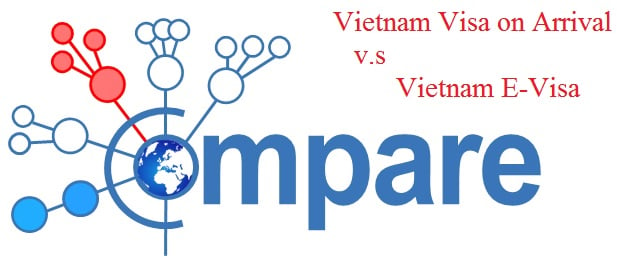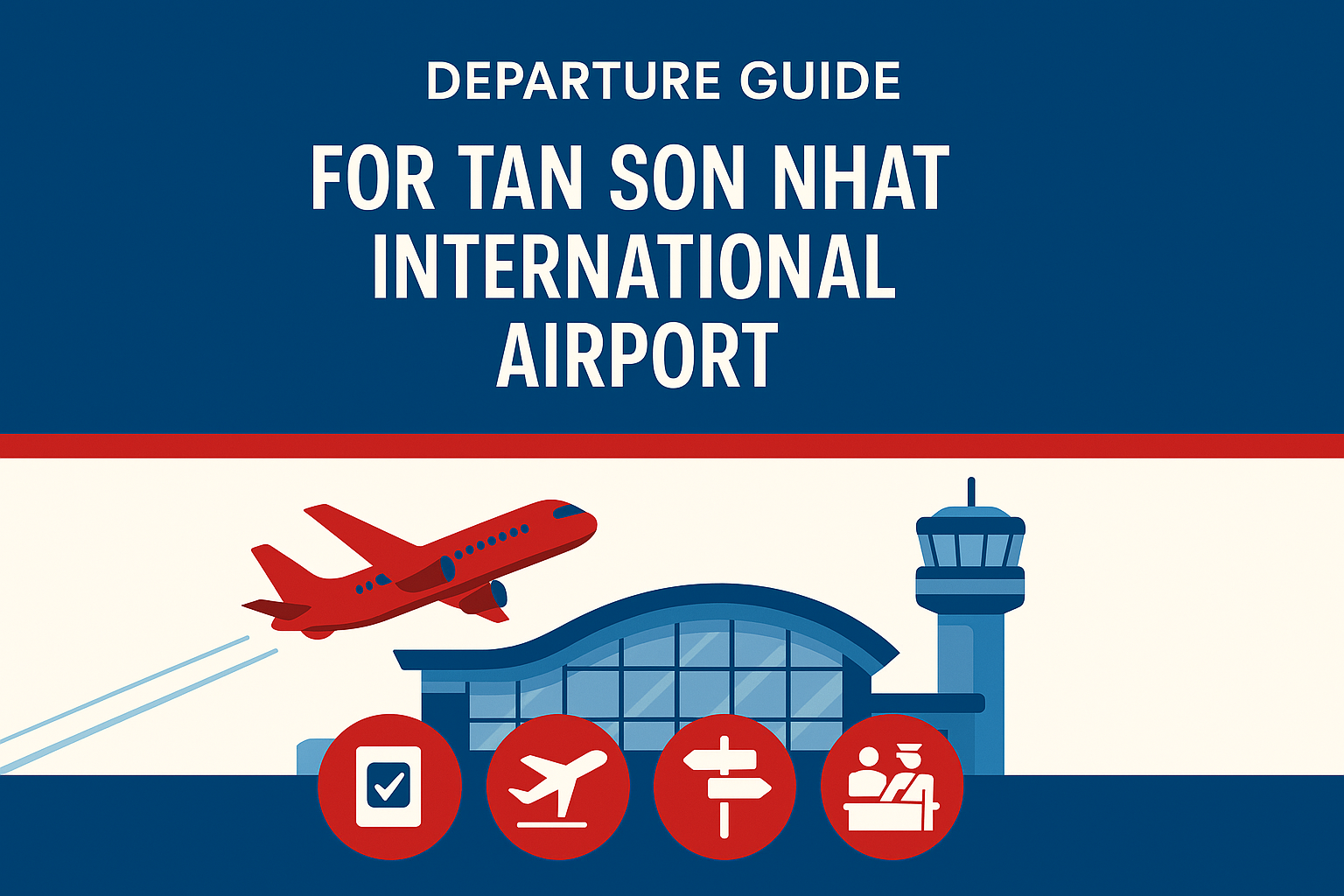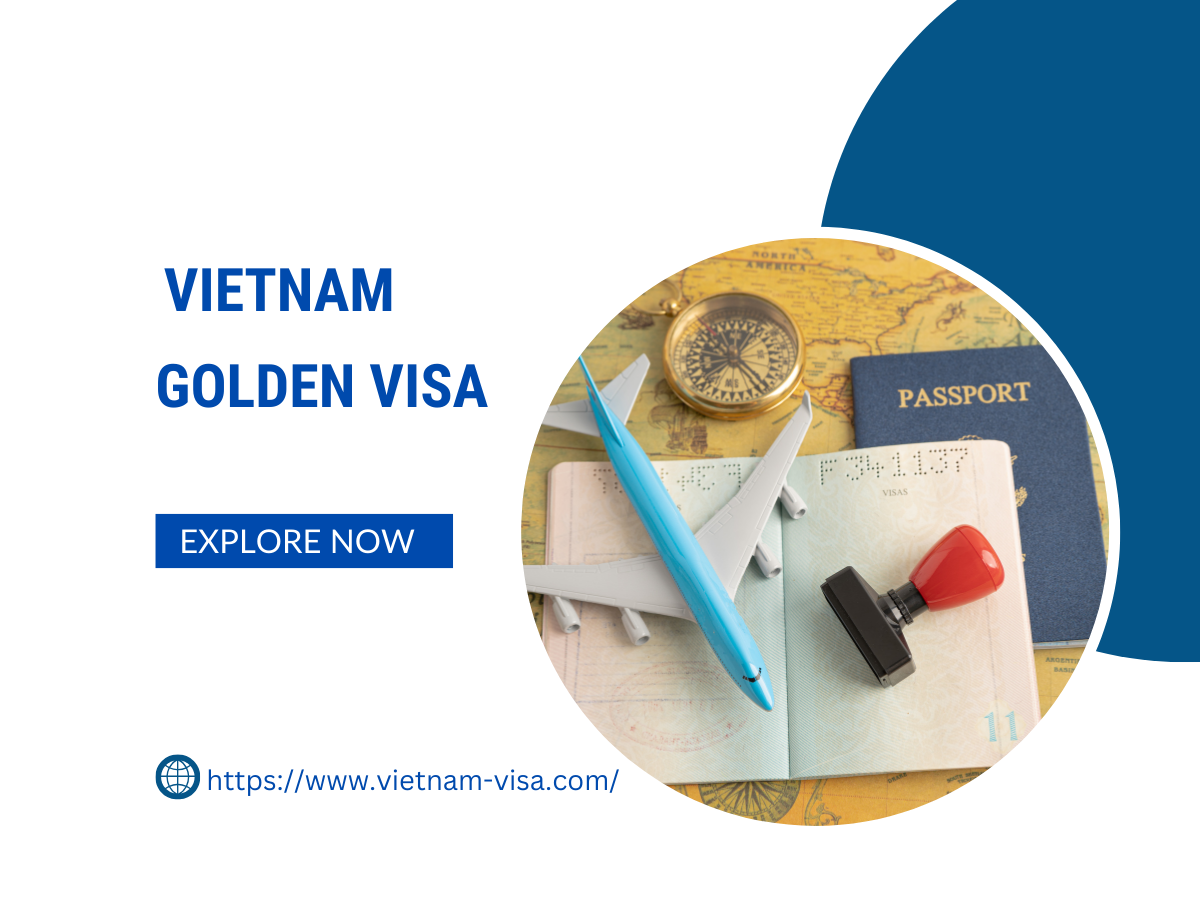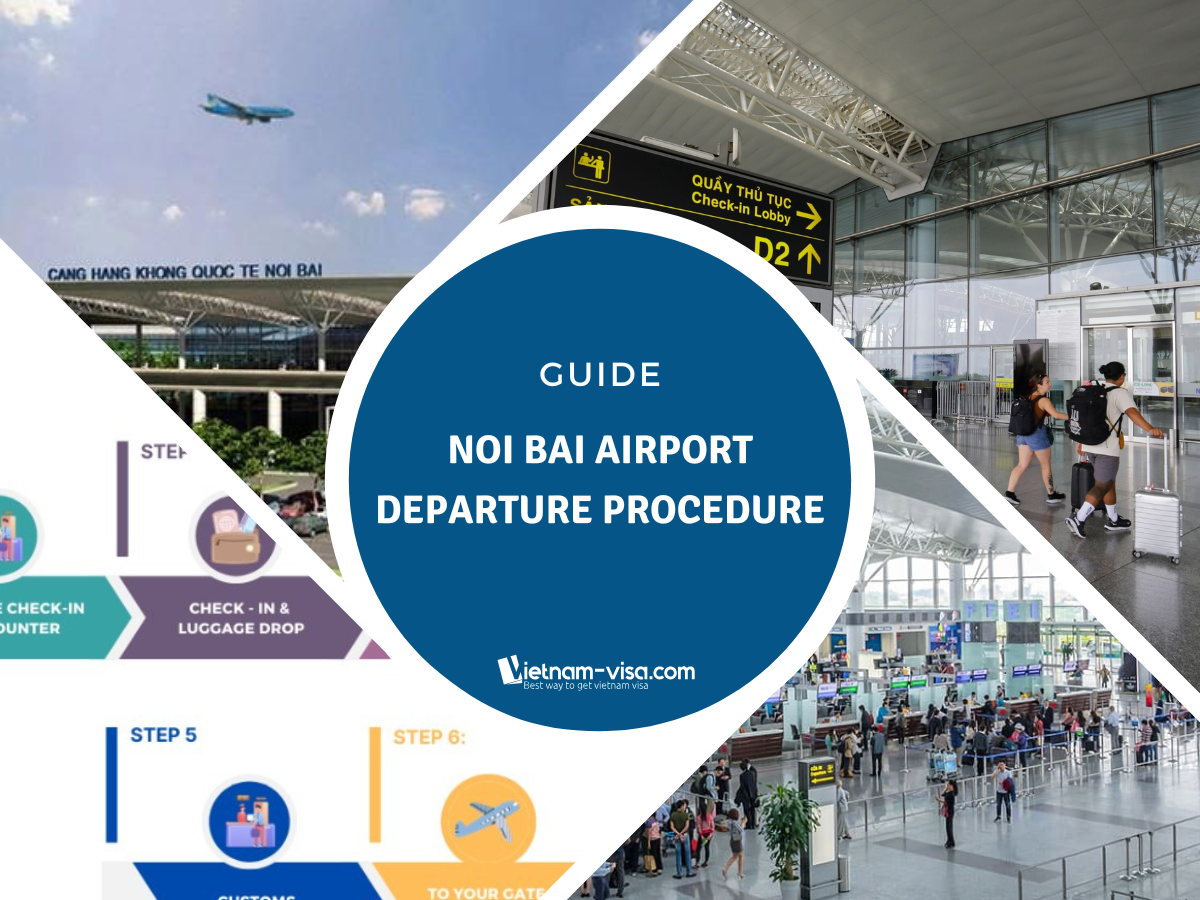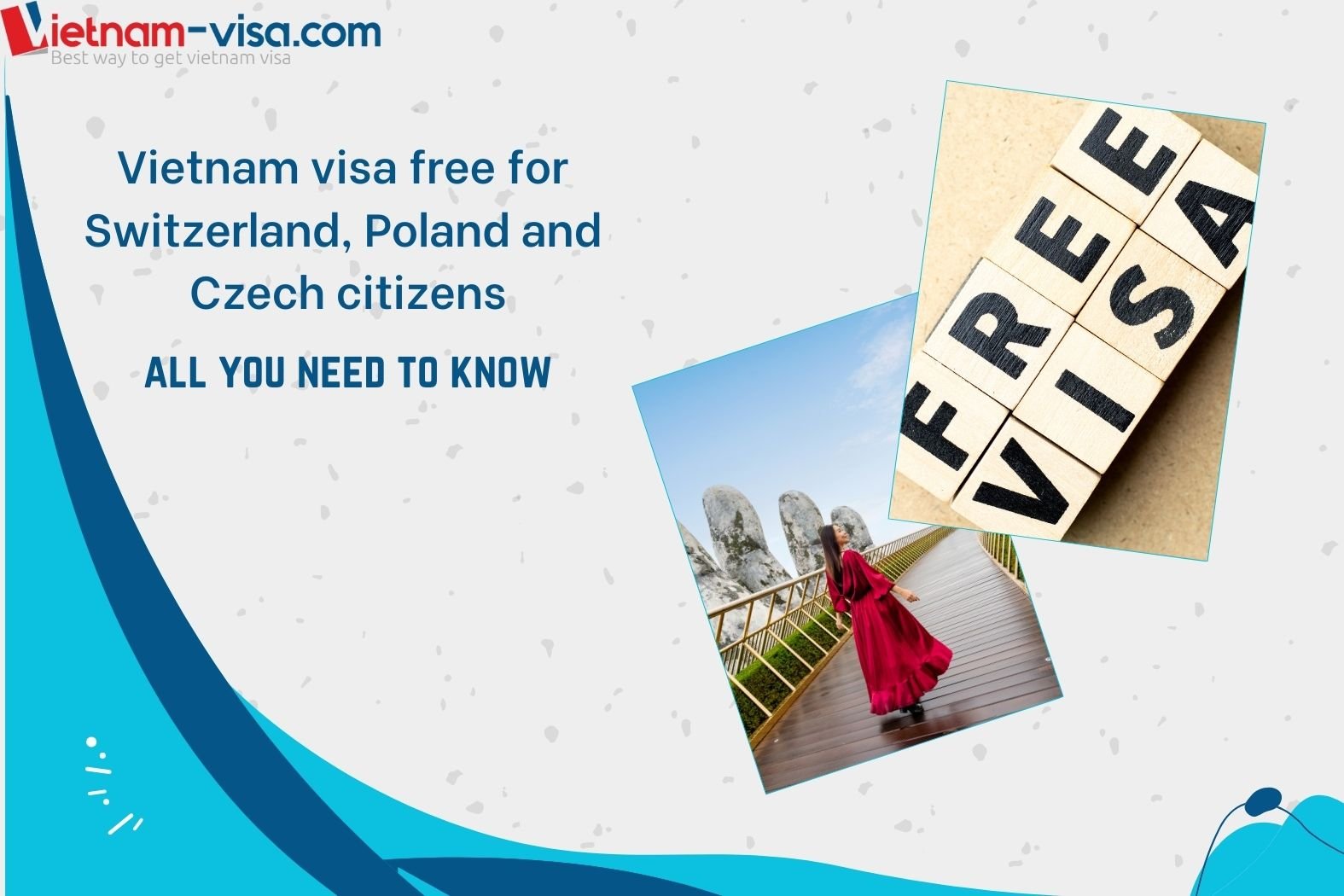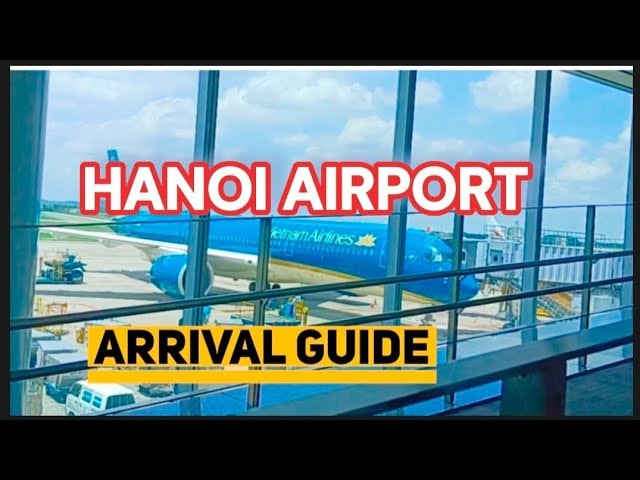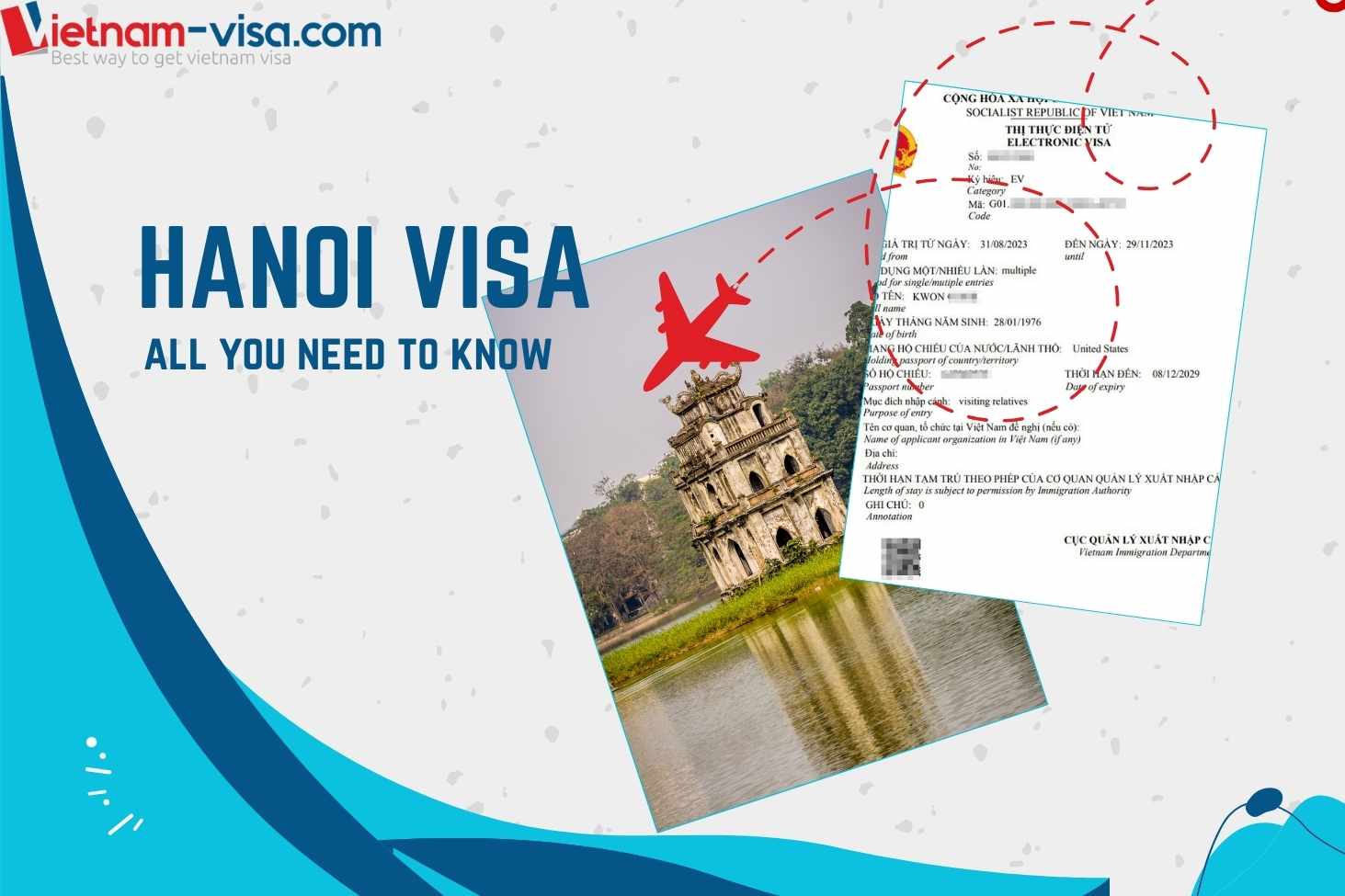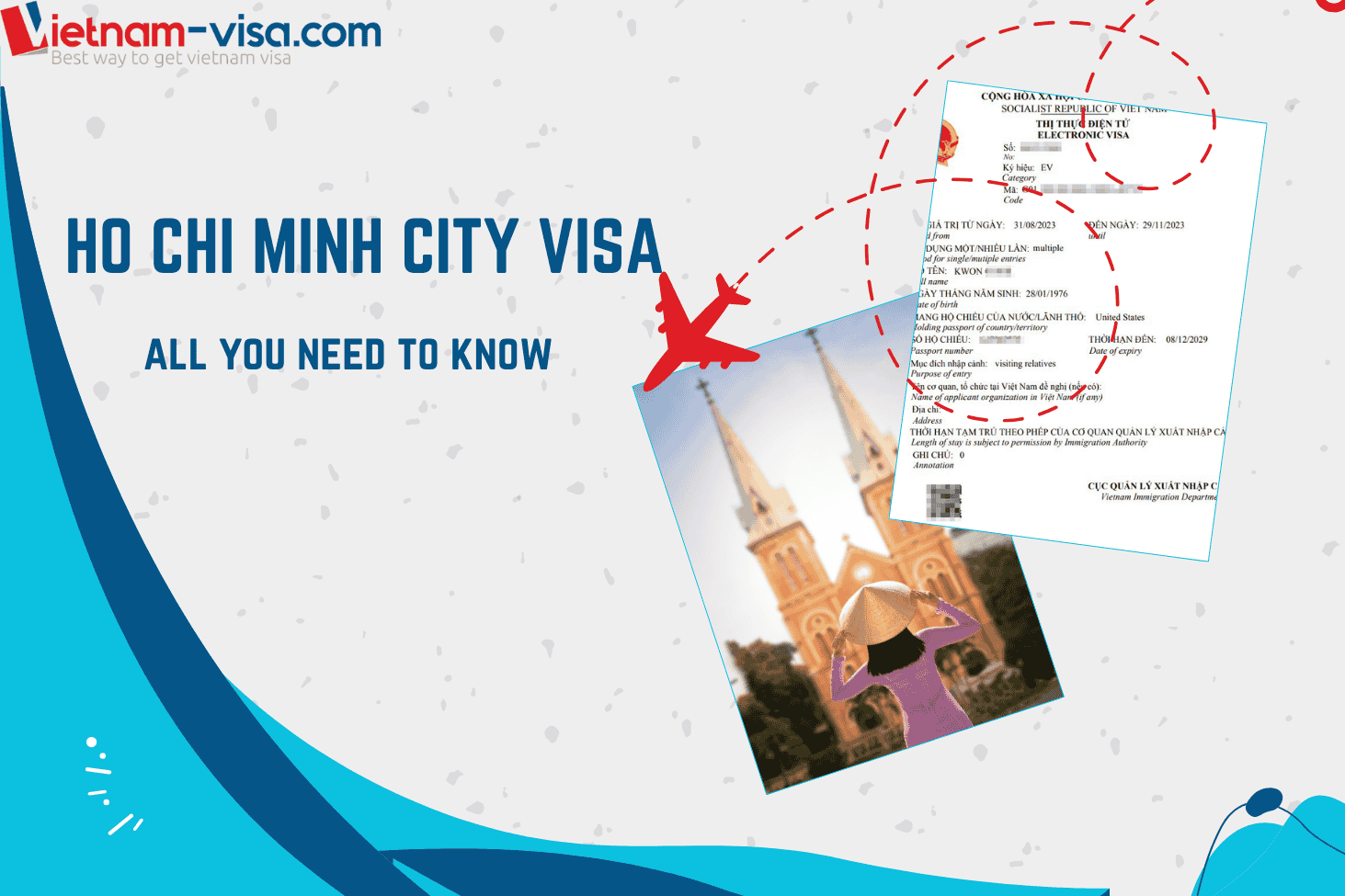What is an evisa for Vietnam? What is a visa on arrival for Vietnam? What are the differences between a visa on arrival and an evisa? Which one is better and how do you know which one is more beneficial for you? And in this post, we will make all these questions clear by analyzing the full procedure to get those type of visa and also their own pros and cons.
| Category | Visa on arrival | eVisa |
| Issuing authority | Vietnam Immigration Department | Vietnam Immigration Department |
| Eligible applicants | All those traveling to Vietnam by air | Citizens of all countries and territories all over the world |
| Up to 90 days single/entry visa, depending on purpose of visiting | Up to 30 days single/multiple entry for tourists
Up to 90 days single/multiple entry for business travelers |
|
| Visa fee | Depending on your visa type, refunded in case of refused visa application.The visa on arrival fee consists of:
– Service fee (to paid online to get visa approval letter), and – Stamping fee (to paid in case to get visa stamped upon arrival) |
Depending on your way to get electronic visa for Vietnam, including:- Apply for evisa yourself at the Immigration Website:
+ US$25 for a single-entry visa + US$50 for a multiple-entry visa – Apply for evisa with Vietnam-visa.com’s support via https://apply.vietnam-visa.com/ + From US$46 depending on your nationality, pressing time and visa type. |
| Entry gates | 8 international airports of Vietnam in Hanoi, Hai Phong, Da Nang, Khanh Hoa, Da Lat, HCMC, Can Tho, Phu Quoc | 33 ports (air, land and sea) |
Above is a brief comparison between evisa and visa on arrival for Vietnam, helping you easily find the best way for you.
Should you need any further information about Vietnam visa, feel free to contact us at +84.946.583.583 or [email protected].
